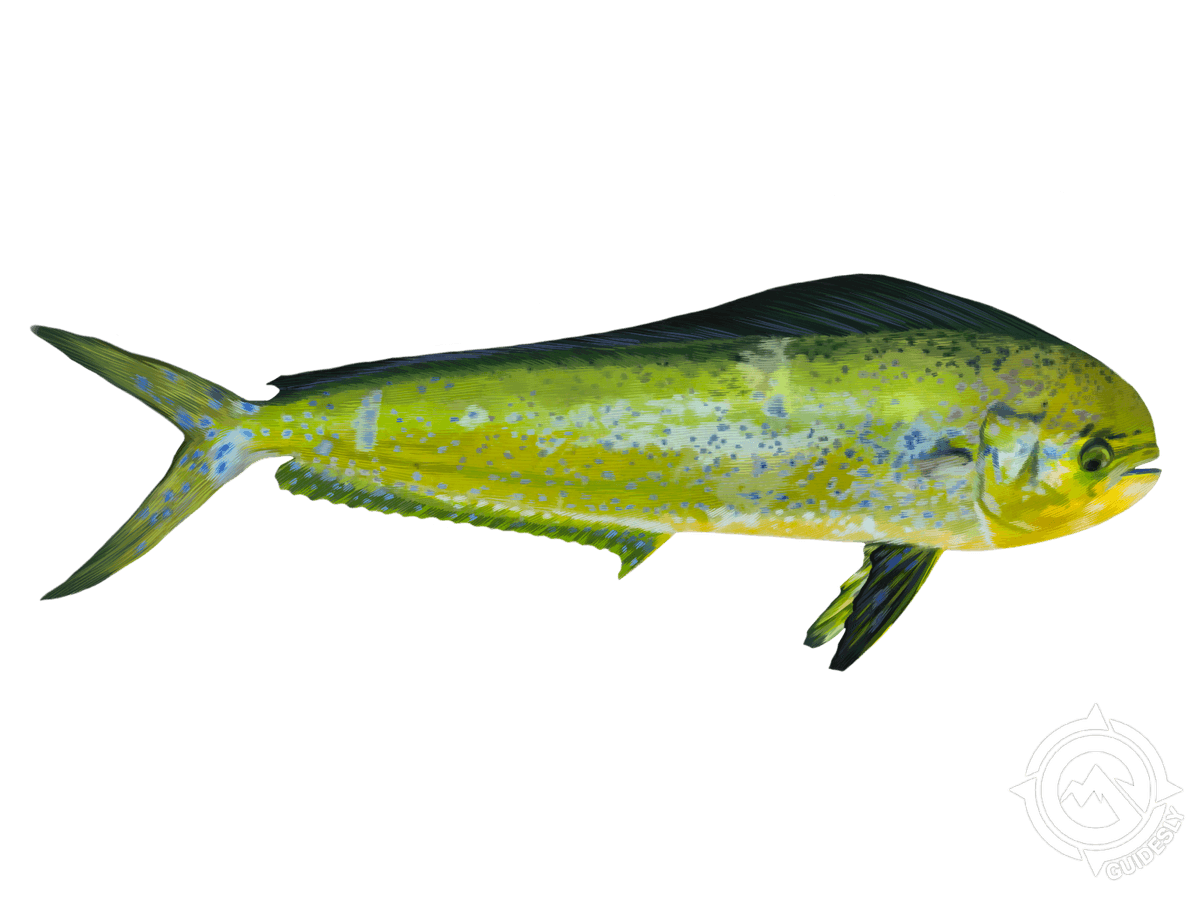Fresh Southern Flounder Fishing Port Orange Florida
Southern Flounder Fishing Adventure in Port Orange Florida
1.0

1 Review
- 5
0%
- 4
0%
- 3
0%
- 2
0%
- 1
100%
%2Ffilters%3Aformat(webp)%2F%2F620d84a0-db65-48b4-9a9b-adfb61d05229%2Freport%2Fsocial%2Fimages%2Freport%2Fsouthern-flounder-port-orange-fl-11313.png&w=1200&q=75)
The sun rises over the horizon. A boat gently rocks on the waves. Fishermen ready their gear. Lines are cast into the deep blue. Suddenly a tug. The rod bends. A fierce battle ensues. The fish fights hard. It darts left and right. The fisherman reels steadily. Finally a flash of silver. A Southern Flounder breaks the surface. It flops on the deck. Its flat body glistens in the morning light. Another successful catch for the day.
Trip lead by the Captain
Summary
Port Orange, Florida offers anglers an exciting opportunity to target Southern Flounder, known scientifically as Paralichthys lethostigma. These flatfish are prized for their delicate flavor and challenging pursuit. As you set out on your fishing adventure in the coastal waters near Port Orange, you'll find yourself surrounded by lush mangroves and serene estuaries. The warm, shallow waters provide an ideal habitat for Southern Flounder, which often bury themselves in sandy or muddy bottoms, waiting to ambush their prey. To increase your chances of success, focus on fishing during incoming tides when flounder tend to be more active. Use light tackle and present your bait slowly along the bottom, mimicking the movement of small fish or shrimp. Popular spots for targeting these elusive fish include the Halifax River, Spruce Creek, and the backwaters of Ponce Inlet. As you cast your line, keep an eye out for subtle changes in the water's surface or slight movements in the sand, which may indicate the presence of a flounder. Patience is key when pursuing these masters of camouflage, but the reward of reeling in a plump Southern Flounder makes the effort worthwhile. Remember to check local regulations regarding size limits and bag restrictions to ensure responsible fishing practices. With its abundant marine life and picturesque scenery, a flounder fishing trip in Port Orange promises not only the thrill of the catch but also a memorable experience in Florida's natural beauty.
Port Orange Fishing Adventure
The serene waters of Port Orange, Florida, provide an ideal backdrop for anglers seeking the elusive Southern Flounder. As the sun casts its warm glow across the calm surface, fishermen cast their lines with anticipation. The image captures the essence of this peaceful setting, showcasing the tranquil shoreline and the gentle ripples of the water, inviting both novice and experienced anglers to try their luck.
Southern Flounder Habitat
Paralichthys Lethostigma, commonly known as Southern Flounder, thrives in the coastal waters of Port Orange. These flatfish prefer sandy or muddy bottoms where they can easily camouflage themselves. The shallow waters depicted in the image are perfect for flounder fishing, as these ambush predators often lurk near the shoreline, waiting for unsuspecting prey to swim by.
Techniques for Catching Flounder
To successfully catch Southern Flounder in Port Orange, anglers often employ bottom fishing techniques. Using live bait such as mullet or shrimp can be highly effective. The calm waters shown in the image are ideal for drift fishing or anchoring near structure where flounder are likely to congregate. Patience and a keen eye for subtle bites are key when targeting these masters of disguise in the picturesque waters of Port Orange.
Species explored in this image
More species you can explore on this trip

Blacktip Shark

Cobia

King Mackerel

Lane Snapper

Mahi Mahi or Common Dolphinfish
Top Notch Adventures Available Trips
Other customer memories from this trip
A typical fishing charter boat used for offshore and nearshore trips is often around 25-35 feet in length. These vessels are usually center console designs with an open deck layout to maximize fishing space. The boat would have a sturdy fiberglass hull capable of handling choppy coastal waters. It would be powered by twin outboard engines for reliability and performance. Onboard equipment would likely include multiple fishing rod holders, a large fish box or live well for storing catches, a bait preparation station, and state-of-the-art fish finding electronics. The helm would feature GPS navigation systems, VHF radio, and radar for safety. Comfortable seating is typically provided for passengers, along with some shade from the sun. Many charter boats also have a small cabin or storage area below deck. The vessel would be equipped with all required safety gear including life jackets, flares, and a first aid kit. It would be meticulously maintained and operated by an experienced captain who knows the local waters and best fishing spots.
%2Ffit-in%2F250x250%2Fusers%2F5e3543bc-c3d9-4c4a-a3da-e87fde7f5732%2Fimages%2F8e7f0864-a625-4d1d-a539-62a9b8b69e07.jpg&w=1200&q=100)
%2F%2Ffit-in%2F150x150%2Fusers%2F5e3543bc-c3d9-4c4a-a3da-e87fde7f5732%2Fprofile%2F1675046771740.jpg&w=1200&q=95)
%2F%2Ffit-in%2F150x150%2Fusers%2F5e3543bc-c3d9-4c4a-a3da-e87fde7f5732%2Fprofile%2F1675046771740.jpg&w=256&q=95)



